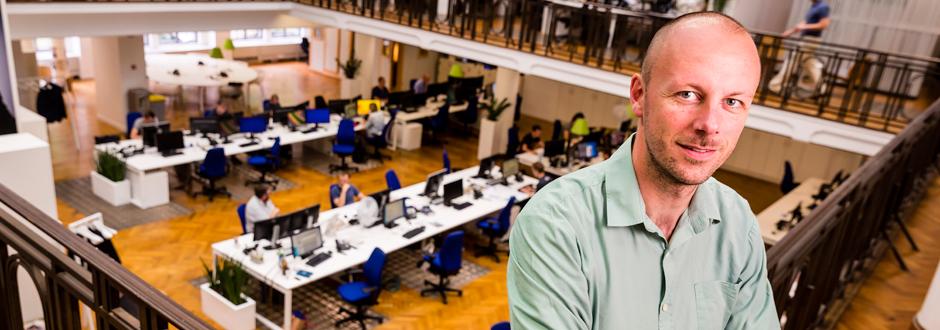Why Belga Chose Superdesk to Power Their Digital Newsroom

In September 2018, our team was delighted to welcome Belgian news agency Belga into the fold after they opted for our open-source, headless CMS Superdesk to replace their old editorial system.
Choosing the right newsroom software is one of the most important decisions a news agency has to make. It affects everything about the way a newsroom runs, from workflow to the final product, and even small weaknesses can cause huge headaches. Recently, we caught up with Tom Wuytack, Belga’s CIO, to find out more about Belga’s need for a new editorial system, and why they landed on Superdesk as the right one to power their complex operations.
When Tom encountered Superdesk for the first time, Belga wasn’t actively looking for a new editorial system. Their old one was, in his own words “actually pretty well-functioning and stable”. The problem was that it relied on old technology, and as a result had a number of bottlenecks that were causing problems in the newsroom:
These bottlenecks were, amongst other things, a missing link between agenda settings and production. We had a pretty high dependency on IT staff. We were able to create rich text and production items but not rich embedded text items. We managed to have workarounds for issues like this but these workarounds take some time, so it wasn’t always efficient.
Like all news agencies, Belga has to keep a close eye on costs, and these lengthy workarounds were taking up valuable time. On the editorial side of things too, notes Tom, there was “a silent but diplomatic push from them to innovate as well”.
We have this continuous pressure on journalistic efforts and journalistic means, mainly with the amount of journalists: fewer for more tasks. There was a need, or a diplomatic request to come up with something new.
There were several reasons why Superdesk appealed to Belga, but a key one was that it presented a solution to the agency’s bottlenecks.
For me it represents an entire ecosystem. I look at the one [ecosystem] at Belga, with like ten components, which all have their added value, but they have been gradually added over time, not always optimally connected, so they have different pitfalls and bottlenecks. Having an entire ecosystem based on just a single technology and a straight workflow is really an add-on.
Belga was also interested in Superdesk’s open-source code base, which meant no vendor lock-in and the chance to benefit from collaboration with other news agencies on an equal basis. “If you’re a small agency”, says Tom, “normally you have way less of a say than the big ones ahead of you”. With Superdesk, this isn’t the case. Open source also means that Belga gets to benefit from all its future evolutions: a big benefit for a smaller news agency. Superdesk being designed with news agencies initially in mind was another appealing part of the software to Tom:
What is really appealing to me, is that Superdesk started from a white paper, really from a news agency logic.
For Tom, however, the most vital factor was Superdesk’s flexibility, with the system allowing users to create desks on the fly - a gift to newsrooms dealing with breaking news stories:
[in the event of a breaking news story] Superdesk would allow us to quickly create a specific desk … allocate people to it, go through all the relevant sources and feed them to that desk. That will help us enormously, rather than journalists having to look everywhere.
From the Australian Associated Press (AAP) and Norsk Telegrambyrå (NTB) to Belga and Agenzia Nazionale Stampa Associata (ANSA), our news agency client base is growing all the time, with Superdesk now powering newsrooms around the globe. Request a demo with us today to see how Superdesk can make your newsroom prepared for whatever the future holds.
